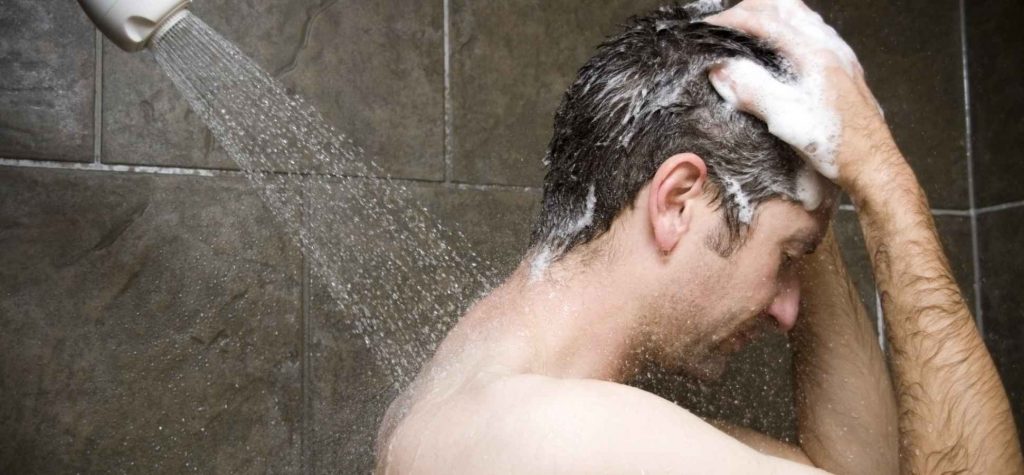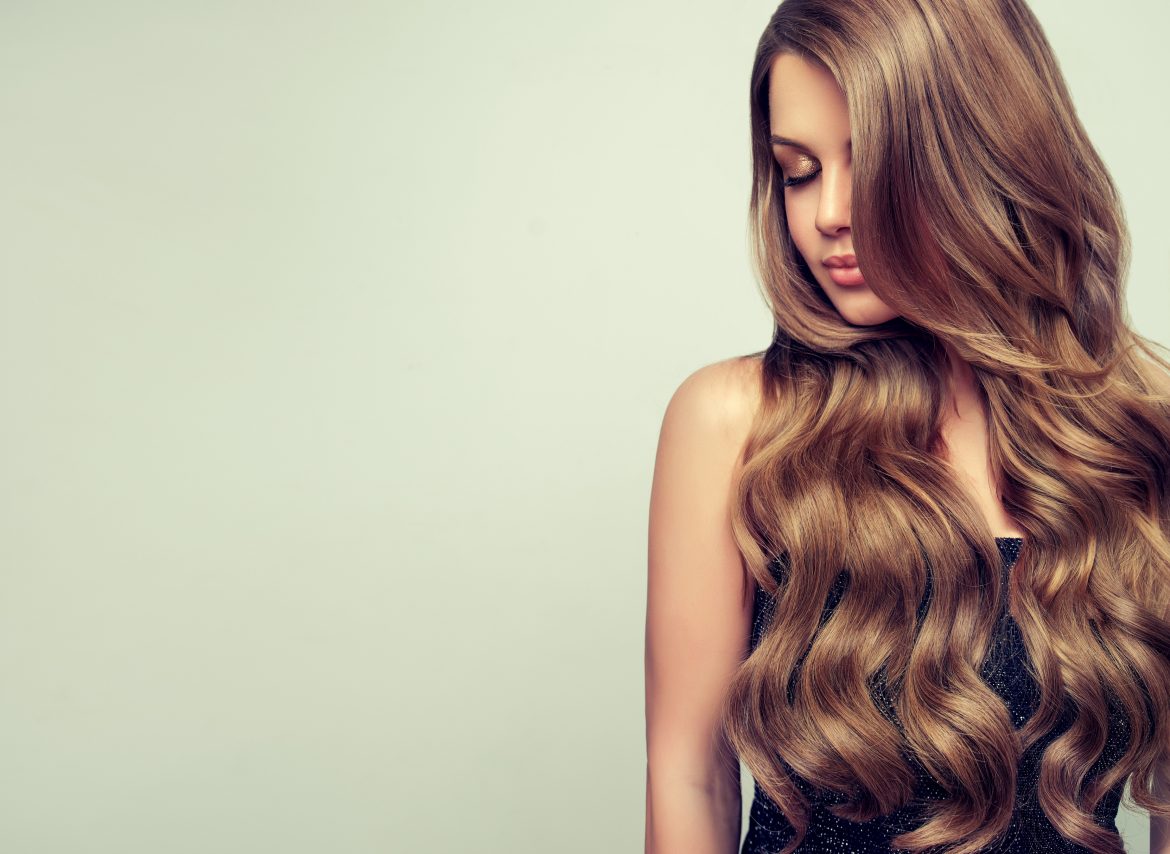Renewed interest in health and nutrition in recent years has resulted in many of us having, at the very least at least, a general idea of the ingredients that go in our food and how they affect our bodies. We know what’s good or bad for us. But can we say the same about the ingredients that go into hygiene products as simple as our daily shampoo? Probably not. Read on to discover 6 common harmful shampoo chemicals—and why you should avoid them.
1. SULFATES
Sulfates are the ingredients that give shampoos their foamy lather. While they produce a lot of suds, they also strip your hair and scalp of their natural oils which can result in hair brittleness, scalp irritation, even eczema. While sulphate-free products take a little longer to generate lather and don’t produce as much as traditional shampoos, they are most definitely safer.
Variants to look out for: Sodium lauryl sulfate SLS), sodium laureth sulfate (SLES), ammonium laureth sulfate and ammonium lauryl sulfate.

2. PARABENS
Ever seen an expiration date on shampoo? Nope. Shampoos never spoil because parabens prevent bacteria and other microbes from colonizing the contents of the bottle. However, while parabens make for great preservatives, they are suspected to interfere with the endocrine system, the part of the body responsible for producing and regulating hormones. For this reason, endocrine disruptors such as as parabens have been linked with several cancers.
This Research links parabens to breast cancer.
Variants to look out for: propylparaben, benzylparaben, methyl-paraben, butylparaben.
3. METHYLISOTHIAZOLINONE
Methylisothiazolinone is another chemical that acts as a preservative in shampoos. Researchers have found that it causes nerve damage, dermatitis, and contact allergies, among other things. Despite these findings, cosmetic companies defend use of this ingredient by stating that they use very low amounts, at around 15 ppm (parts-per-million). But that’s not very comforting, is it? Why take the risk?
Variants to look out for: Chloromethylisothiazolinone (CMIT), Benzisothiazolinone (BIT), Octylisothiazolinone (OIT), Dichlorooctylisothiazolinone (DCOIT)
4. ALCOHOL
Isopropyl alcohol is included in shampoos because it cuts through oil. Unfortunately, it’s a little too effective. Like sulfates, isopropyl alcohol strips hair of moisture and leaves it vulnerable to damage and prone to frizziness.
Variants to look out for: cetearyl alcohol, stearyl alcohol, isopropyl alcohol, propanol.

5. SYNTHETIC COLOURS
Most shampoos and conditioners are dyed with synthetic color to make them look nice. However, these colors often have petroleum or coal-tar as bases, and these have been linked with various diseases including cancer.
Look out for: FD&C or D&C combined with a number, or any combination of a colour and a number e.g. yellow 6
6. SYNTHETIC FRAGRANCES
Beware of any product that includes the word “fragrance” in its list of ingredients. There is a loophole in the law that allows companies to not disclose ingredients of a product in order to prevent imitation. Many manufacturers abuse this law by putting otherwise illegal chemicals under “fragrance”. Some of these hidden ingredients can disrupt the reproductive systems. They can also cause cancer, asthma and even make their way into women’s breast milk! Look for products with fragrance from natural plant or fruit extracts, or no fragrance at all.






